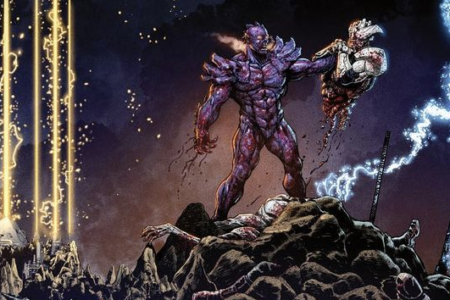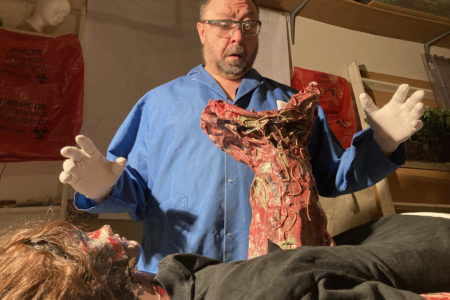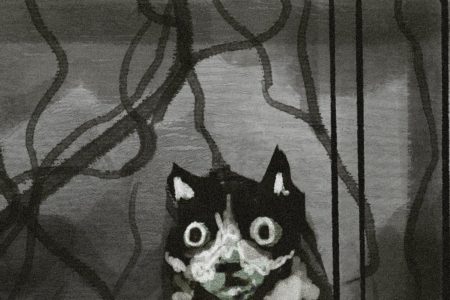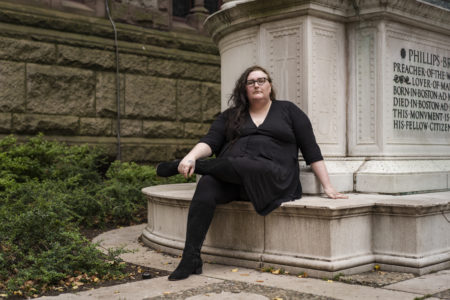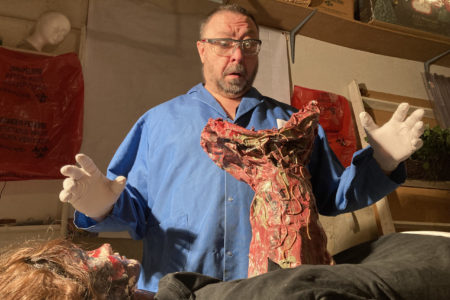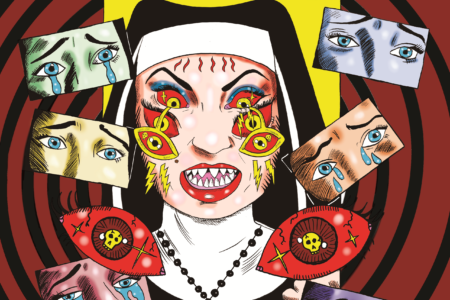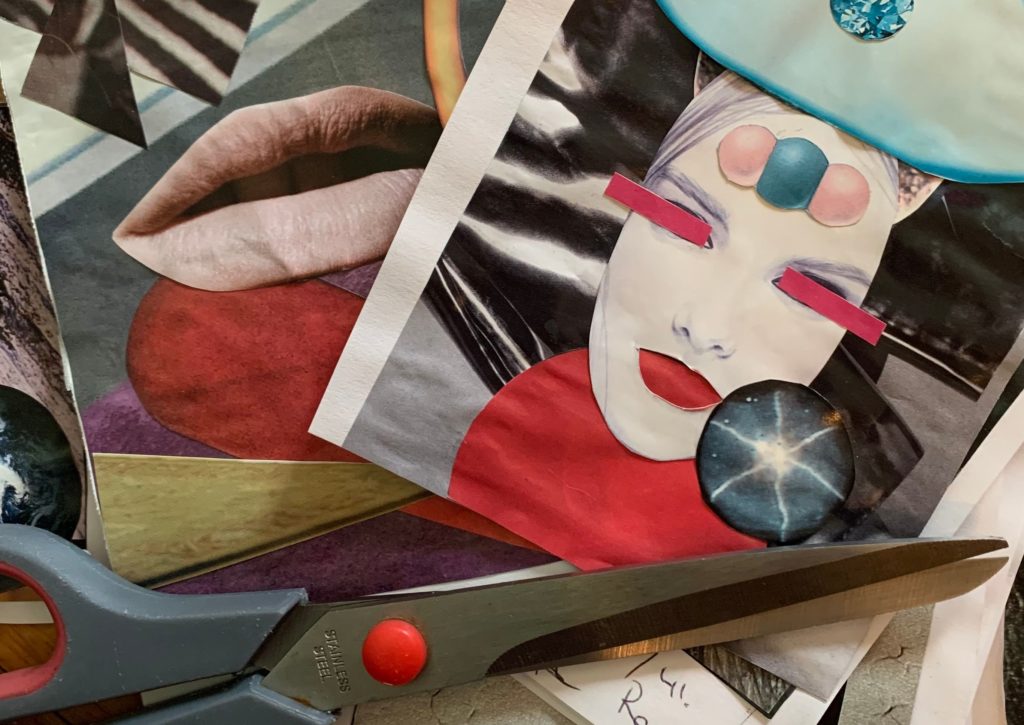
Tarot cards have fascinated us for centuries. Many associate tarot with divination, mysticism and spiritual exploration, but its origins are quite humble, and somewhat more modern: Tarot first appeared as a card game in Italy in the 1400s, and is considered to have been similar to bridge.
It wasn’t until the mid-1700s when divinatory meanings started to be attached to the cards by French and English occultists who started to redefine tarot as something esoteric.
While tarot may be best known today as a future-telling tool, it is much more than that, widely used for meditation, personal growth and beyond. Tarot is also a unique art form that has inspired countless artists around the globe to illustrate and create their own decks throughout the ages.
Here’s how you can create your own set of tarot cards:
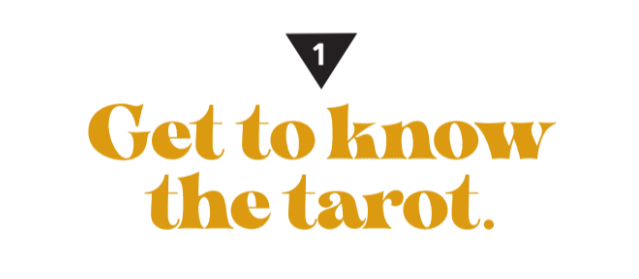
Familiarize yourself with tarot’s structure and format. You might be acquainted with a standard pack of playing cards which have 52 cards and four suits: Diamonds, Hearts, Clubs and Spades. Tarot decks are a bit larger, containing five suits and 78 cards. The suit of the Major Arcana, or trump cards, are where we see images such as the Fool, Death and the Devil. The Major Arcana cards tend to be seen as standalone archetypes that reflect human experience, values and virtues.
The Minor Arcana, or pip cards, are where we find the remaining four suits, typically known as Cups, Swords, Wands and Pentacles.
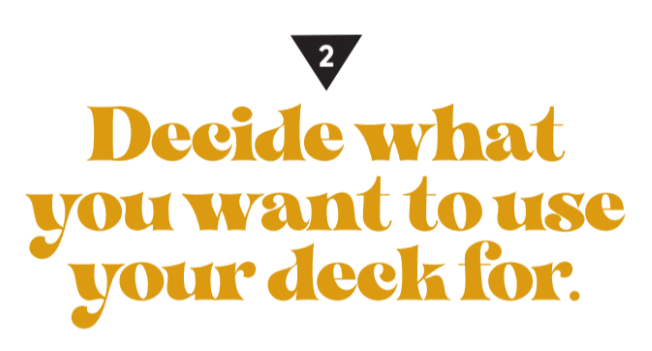
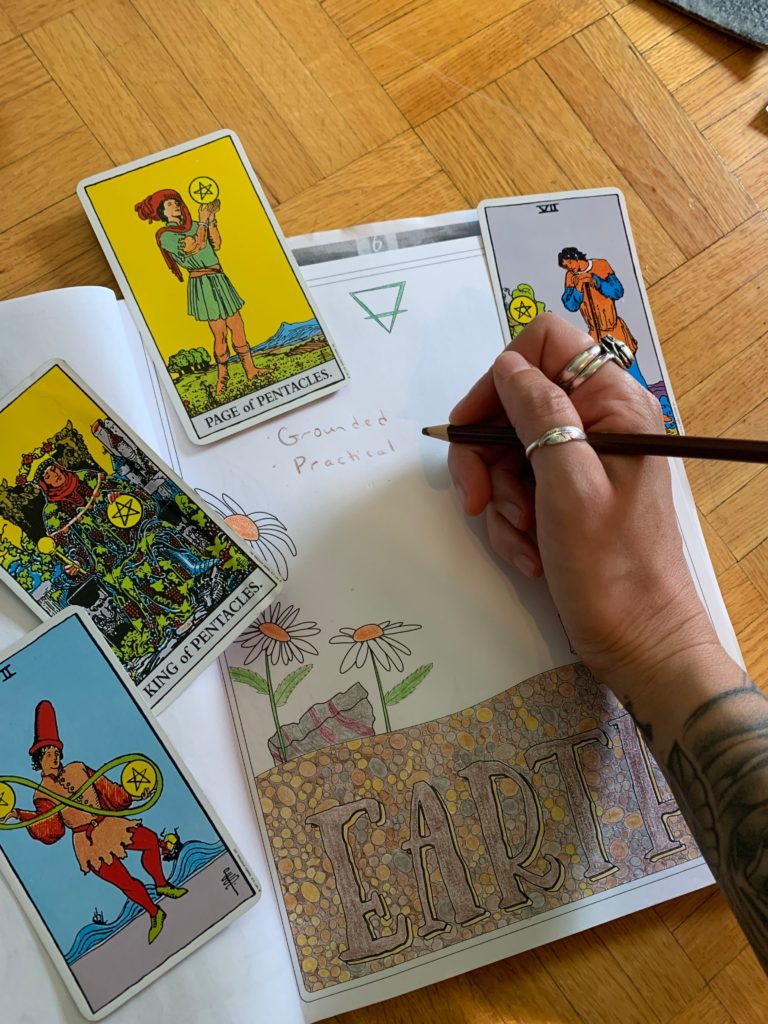 Before you start creating any images for your deck, it helps to think about the purpose behind your deck. Tarot is a tool: It’s here to do a job. How it does that is through the images its cards contain. Deciding what you want to use your deck for will help determine what it should evoke.
Before you start creating any images for your deck, it helps to think about the purpose behind your deck. Tarot is a tool: It’s here to do a job. How it does that is through the images its cards contain. Deciding what you want to use your deck for will help determine what it should evoke.
Some people create tarot decks that are used for predictive purposes: These might contain images of success, difficulty, transformation and other scenarios to capture a range of possible outcomes. Some decks are created for inspiration or creativity. In this case, you might want to think about images that inspire or activate the imagination somehow.
Other decks are used for meditative purposes and so their images may have less to do with giving a prompt or insight about an event. A meditative tarot might contain images that are meant to be gazed at for longer periods of time.
Don’t be afraid to make tarot your own. While some decks are considered to be a standard — such as the Rider Waite Smith tarot — no one has ownership. For hundreds of years, tarot’s images have continued to evolve and change, always adapting to the times and whims of creators.
Whatever you decide, it can help to start to map out ideas, patterns and palettes in advance.
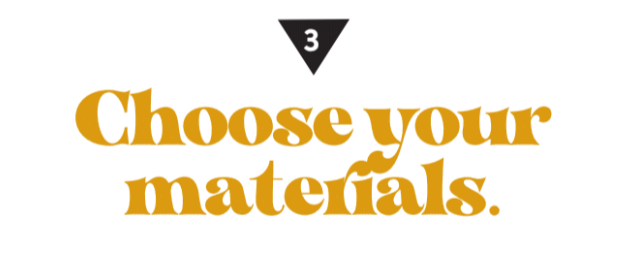
How do you envision your deck coming to life? Will each card be a collage? A painting? A drawing? Will you use any photographs, fabrics or found objects? Will there be a colour scheme your deck follows?
Some tarot decks reference pop culture. Others feature nature and animals, or pull from a specific style of art. The artistic choices you make and the materials you use to illustrate your deck will become part of the energy of your personal tarot.
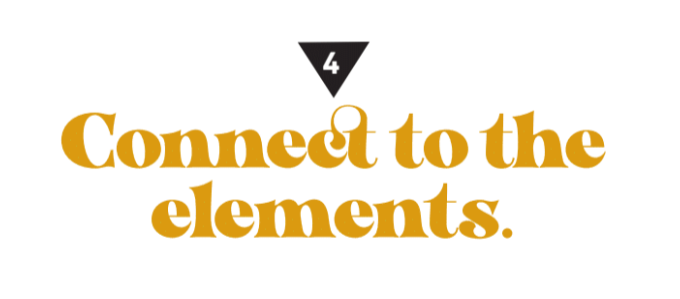
Tarot’s five suits each correspond to an element. Within the Minor Arcana, wands are fire, cups are water, pentacles are earth, and swords are air.
Each of these correspondences relate back to nature. One of the most powerful ways of connecting to these energies is by thinking of how each element feels, looks and behaves out in the natural world.
The Major Arcana cards correspond to spirit — the soul. What comes to mind when you think of the soul, or the essence of the human spirit?
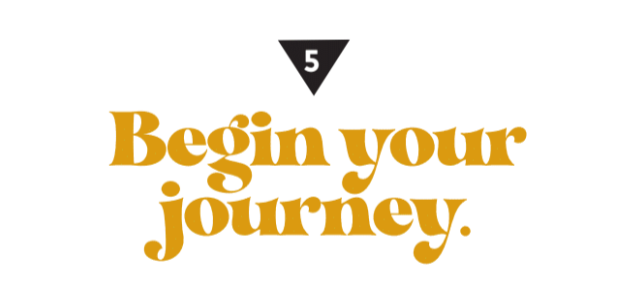
Which card should you start illustrating first? If you start with the Major Arcana, the Fool is the first card in this suit and represents new beginnings. In the Minor Arcana, the aces also represent new beginnings. After the aces, the cards are numbered up to 10, and then the court cards follow.
Some deck creators choose to focus on one suit at a time. Others go with the flow, creating whichever card inspires them at the time. Follow your ideas to truly make your deck your own. Allow each card to become part of your own personal system of self-discovery.

